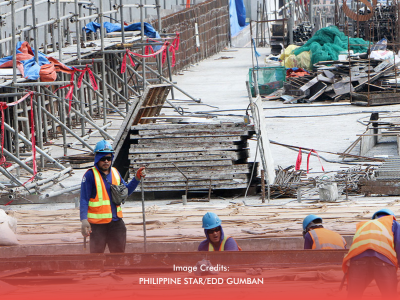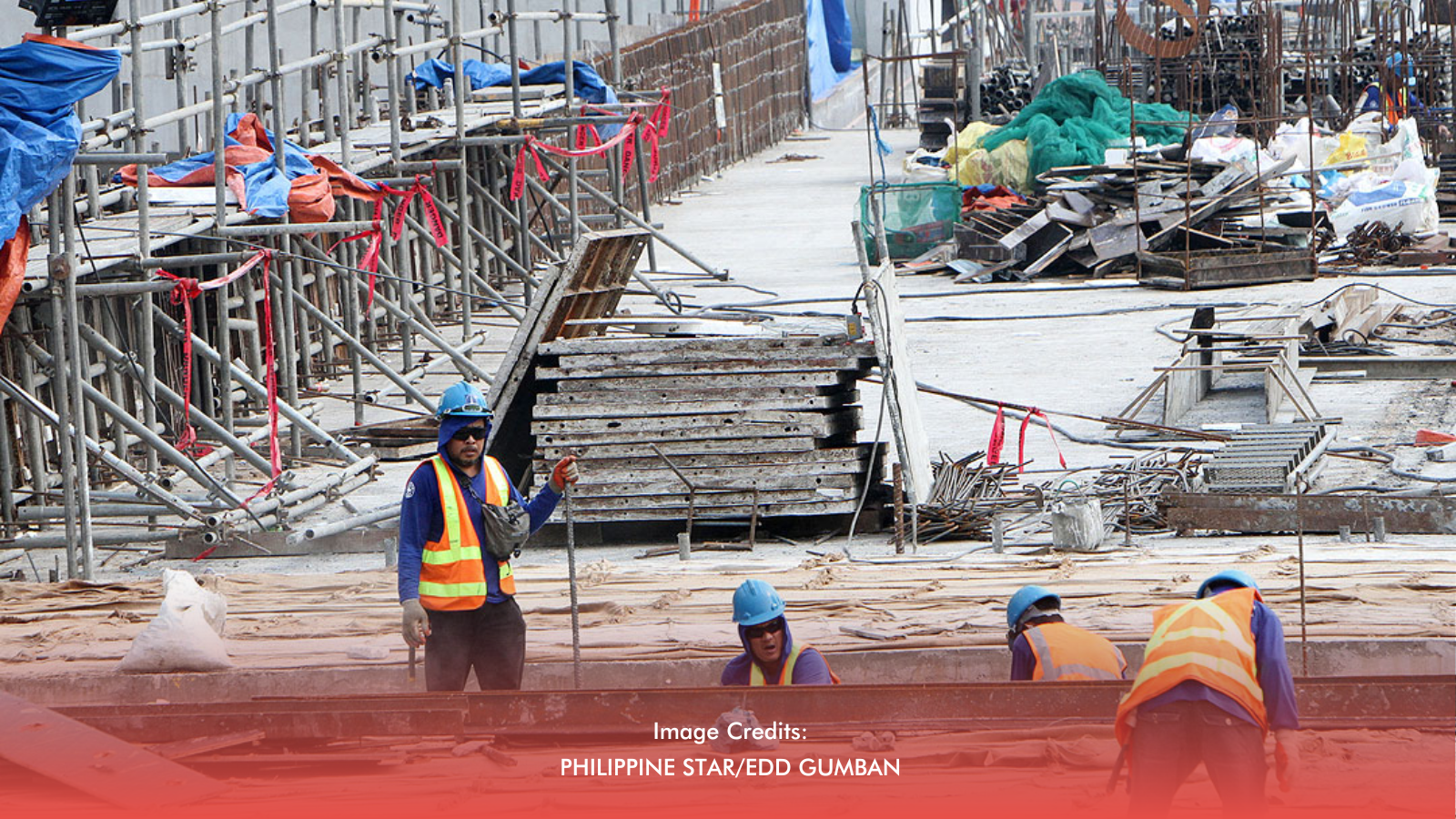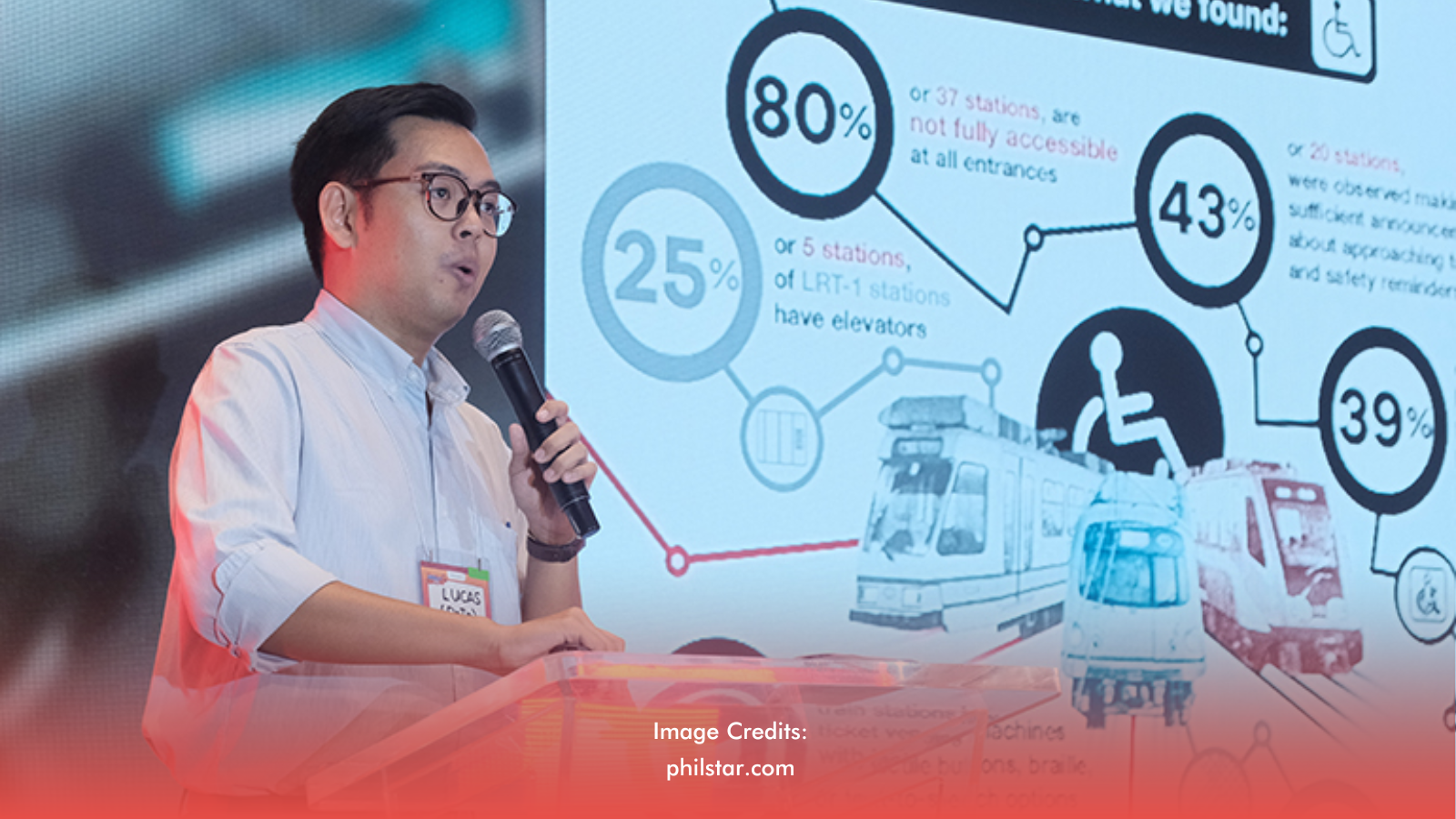The Philippines is finding itself at the heart of rising tensions between two military giants, as deeper defense cooperation with the United States through the Enhanced Defense Cooperation Agreement (EDCA) and a new trade deal highlight the country’s strategic importance and vulnerability.
RELATED: [Trump, Marcos Seal Trade Deal With New 19% Tariff On Philippine Goods]
Caught Between Two Giants
Under EDCA, the U.S. now has rotational access to nine Philippine military sites, including four new locations added last year in Cagayan, Isabela, and Palawan. These sites aim to strengthen rapid deployment capacity and support disaster response, but analysts caution they also put host communities closer to potential flashpoints if U.S.–China friction escalates, especially around Taiwan and the contested South China Sea.
“We have always maintained that EDCA sites are Philippine bases, operated by Filipino troops, and that U.S. troops are only here on rotation,” officials said.
Despite this, EDCA still does not allow permanent U.S. bases or nuclear weapons storage, and troop presence is designed to remain rotational rather than permanent.
Trade Deal Deepens Ties and Risks
Meanwhile, a new trade agreement announced last month further deepens ties between Manila and Washington. The deal removes tariffs on U.S. goods entering the Philippines, while Philippine exports to the U.S. will face a new 19% reciprocal tariff, slightly lower than an earlier proposed rate. This deal could boost American exports and signal stronger strategic alignment, though experts warn it might also add pressure to already strained relations with China.
“The risk is that if the U.S. and China clash over Taiwan, the Philippines could get pulled in simply because of these EDCA sites,” analysts warned.
Economically, the Philippines sees the agreement as part of efforts to attract investment and modernize infrastructure. Defense officials likewise argue that EDCA improves disaster preparedness and national security. However, some local leaders and civic groups have voiced concern that the new EDCA sites could turn their areas into potential military targets should conflict break out between the U.S. and China.
RELATED: [U.S. Pledges $60M Aid To PH]
Balancing Act Needed
Officials argue EDCA improves national defense, with U.S. support helping modernize the AFP. The Department of Public Works and Highways is exploring how to upgrade surrounding infrastructure at EDCA sites, and the AFP is studying how to better protect them.
Analysts say the country is now forced to walk a tightrope: gaining security and economic benefits from its alliance with the U.S. while trying to avoid being caught directly in any military confrontation in the region.
“Both agreements are meant to strengthen national interests, but they inevitably tie us closer to the U.S.,” experts observed.
As the geopolitical landscape in Asia shifts rapidly, the Philippine government’s challenge will be to balance national defense, economic interests, and regional stability—a balancing act that could define the country’s future in the coming years.








